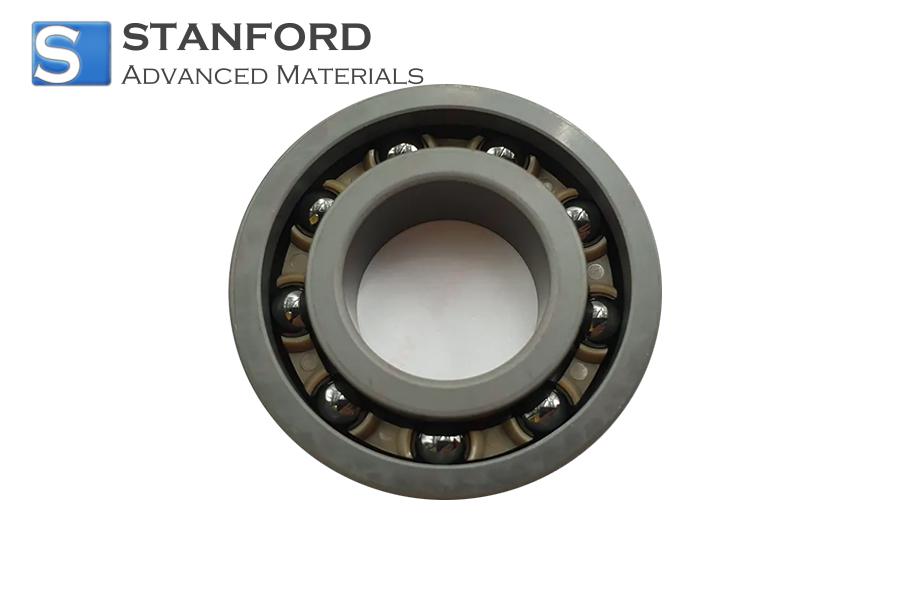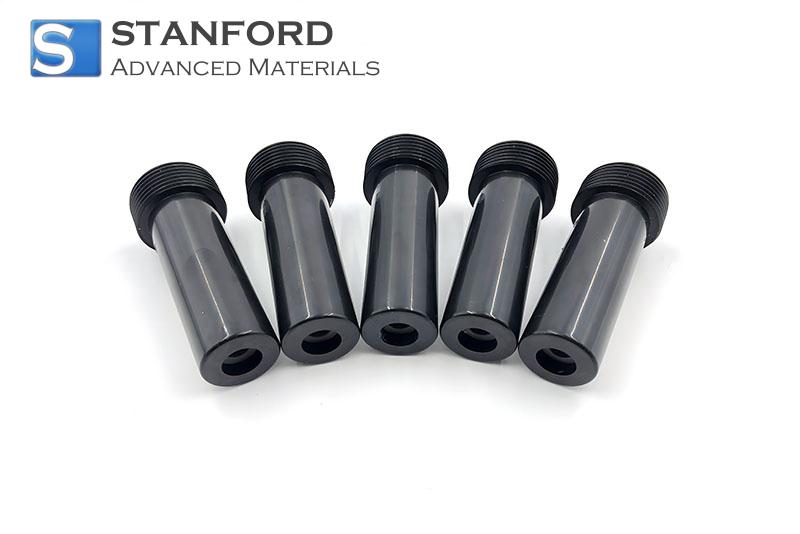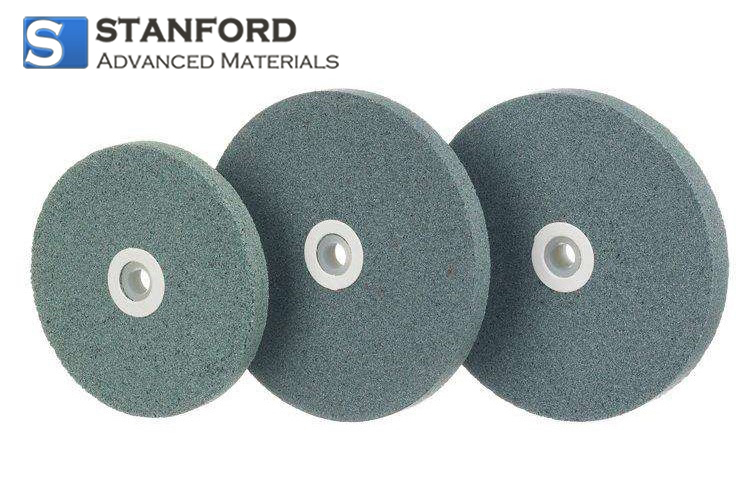What Is The Silicon Carbide Foam Ceramics?
Foamed ceramics are a specialised porous ceramic that exhibits a uniform three-dimensional network structure. It has a consistent pore distribution, high porosity, low relative density, high specific surface area and selective permeability to liquids and gases. It also demonstrates thermal, electrical, magnetic, optical and chemical functions.
Currently, foamed Silicon Carbide ceramics are employed in metallurgy, the chemical industry, the energy sector, electronics, transport, mechanical engineering, national defence, environmental protection, biology and other fields. Consequently, research on foamed Silicon Carbide ceramics attracts increasing attention from scientists and engineers. For further details, please refer to Siliziumkarbidkeramiken.
![]()
Application of Silicon Carbide Foam Ceramics
* Catalyst Carrier
Silicon Carbide foam ceramics offer high porosity, efficient thermal conductivity, mechanical strength, oxidation resistance and corrosion resistance. Its surface displays many micropores. The network structure enlarges the contact area between phases. These properties suggest that silicon carbide foam ceramics may replace traditional kieselerde, aluminium oxide ceramics and activated carbon as catalyst carriers.
* Filter
Ceramic filtration techniques remove non-metallic inclusions from alloys and purify metal solutions. It is anticipated that the use of silicon carbide foam ceramics in metal solution purification in foundry industries will yield measurable economic and social benefits. Foam ceramic carriers are used worldwide as support material in exhaust gas cleaning systems. Silicon Carbide foam ceramics are implemented in vehicle exhaust gas cleaning equipment owing to high porosity, good air permeability, high specific surface area, resistance to rapid temperature changes and controllable flow resistance.
![]()
* Foam Packing
Silicon Carbide foam ceramics, which feature a high specific surface area and low pressure drop, can be applied in distillation columns. In comparison with traditional packings, silicon carbide ceramic blocks incur a lower pressure drop, exhibit higher liquid retention capacity and provide improved mass transfer performance.
* Other Applications
Foamed silicon carbide ceramics are used in chemical industry furnaces to enhance combustion processes in steam generators, radiant burners and adiabatic high-pressure burners. Their small size, fuel efficiency, wide performance regulation range, stable combustion and reduced pollutant emissions have driven their adoption across various sectors.
Owing to its corrosion resistance and the ability to be electrically heated, foamed silicon carbide ceramics are suitable for heating corrosive liquids in construction and semiconductor sectors. They are also utilised in the manufacture of an array of heat exchangers. High porosity, low pressure drop, extensive heat exchange surface and a unique spatial network structure considerably improve the heat transfer coefficient. In addition, foamed silicon carbide ceramics serve in the heat treatment of electronic components, mobile bedding, humidifiers, boiling water systems and microbial carriers.

 Bars
Bars
 Beads & Spheres
Beads & Spheres
 Bolts & Nuts
Bolts & Nuts
 Crucibles
Crucibles
 Discs
Discs
 Fibers & Fabrics
Fibers & Fabrics
 Films
Films
 Flake
Flake
 Foams
Foams
 Foil
Foil
 Granules
Granules
 Honeycombs
Honeycombs
 Ink
Ink
 Laminate
Laminate
 Lumps
Lumps
 Meshes
Meshes
 Metallised Film
Metallised Film
 Plate
Plate
 Powders
Powders
 Rod
Rod
 Sheets
Sheets
 Single Crystals
Single Crystals
 Sputtering Target
Sputtering Target
 Tubes
Tubes
 Washer
Washer
 Wires
Wires
 Converters & Calculators
Converters & Calculators
 Write for Us
Write for Us



 Chin Trento
Chin Trento



